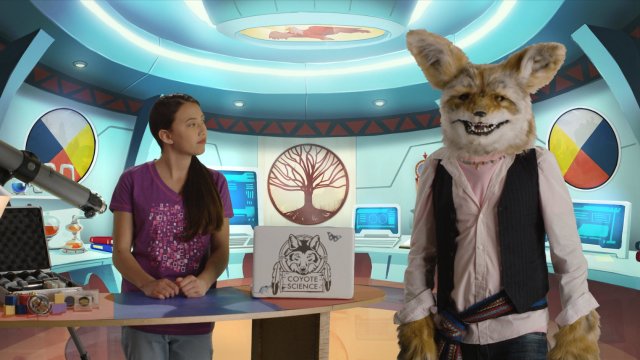As there is a lack of Indigenous participants in STEM careers, fixing this problem requires changes at all levels of the education system. In order to better equip youth for future careers in STEM, high school must provide targeted services including financial aid, financial guidance, social and cultural activities, and designated spaces.
Supporting access and retention programs for Indigenous students at Canadian colleges and universities is equally important. The Engineering Access Program at the University of Manitoba, for example, has helped 134 Indigenous student engineers graduate over the past two decades. The Aboriginal Access to Engineering Initiative at Queen’s University has increased the number of Indigenous student engineers from four in 2011 to more than 50 in 2020.
These inclusive programs help improve the experience for all indigenous students to help them succeed in the long run.
https://financialpost.com/pmn/press-releases-pmn/globe-newswire-releases/high-schools-can-do-a-better-job-preparing-indigenous-students-for-stem-studies-access-and-retention-programs-for-indigenous-learners-need-to-be-supported-and-expanded



